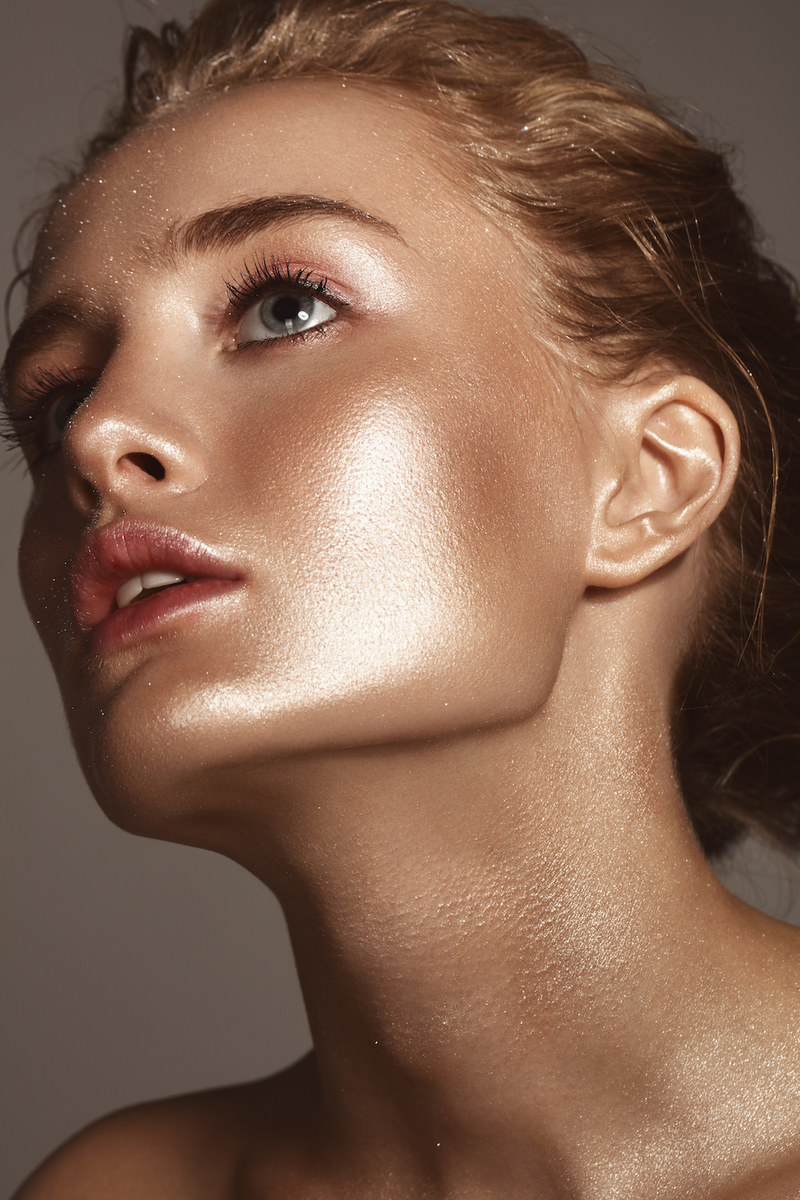Dubai-based Amato to open Arab Men’s Fashion Week with film starring Indian model

[ad_1]
DUBAI: It goes without saying that spending a long time in the sun can have extremely dangerous long-term side effects.
No matter what your skin tone, the sun’s rays can lead to hyperpigmentation, premature wrinkles and — most seriously — skin cancer.
“A suntan is a sign that the skin has been damaged by ultraviolet rays,” Dr. Nabeela Rashid, dermatology and cosmetology specialist at Dubai’s Medcare Hospital Al-Safa, told Arab News.
“When your dermis is exposed to the sun’s ultraviolet rays, your skin increases the production of melanin as a way to try to protect your skin from further damage. This extra melanin gives suntanned skin its darker appearance,” she added.
While Rashid explained that there are some benefits to be gained from exposing your skin to the sun, such as boosting serotonin, improving sleep quality and increasing levels of vitamin D, which is essential for bone health, she stressed that the dangers must not be ignored.
“It is important to know that ultraviolet rays also affect the genetic material of the skin, which causes damage that can lead to skin cancer, wrinkles, freckling, age spots and spider veins,” she said. “But the main long-term risk of tanning is skin cancer, either built up gradually over a lifetime or due to short bursts of high exposure to sunlight.”
The good news is that, thanks to technology, achieving a safe sun-kissed glow has never been easier. There are a slew of self-tanning formulas available on the market that are odorless, dry quickly, and don’t give your skin the dreaded orange hue.
Rashid recommends sunless tanning products that contain dihydroxyacetone (DHA) for those who want to achieve a relatively long-lasting simulated tan without the risks of photodamage.
But even when using sunless tanners, you must still ensure that your skin is adequately protected from the sun, she added, as self-tanning formulas do not offer SPF. She also noted that it is important to do a patch test for allergies, or consult a doctor, before using any product containing DHA, as allergic contact dermatitis is its most common side effect.
Her top tip for achieving a flawless, sunless glow is exfoliating beforehand, as she said it not only ensures that the tan is applied evenly, but also prolongs the glow.
“By exfoliating before the tanning procedure, your dead skin cells, which shed approximately every two weeks, are removed and your skin is prepared as an excellent base for the tanning solution,” Rashid explained.
Below, some more tips for a smooth, streak-free tan this summer.
Prior to application, exfoliate your body with a loofah or an exfoliating glove in the shower. Pay extra attention to very dry areas, such as your elbows and knees.
Use an applicator mitt, which helps ensure an even, streak-free tan without staining your hands.
Fake tan can cling to dry areas, so ensure that you moisturize your limbs regularly prior to applying the self-tanner. Continue to hydrate your skin to avoid peeling and patchiness.
If you want to tan your face, use a product that is specifically formulated for that purpose. If you choose not to tan this area, you may want to switch your shade of foundation to match your tanned body.
[ad_2]
Source link






 We use cookies to optimize our website and our service.
We use cookies to optimize our website and our service. 

Responses